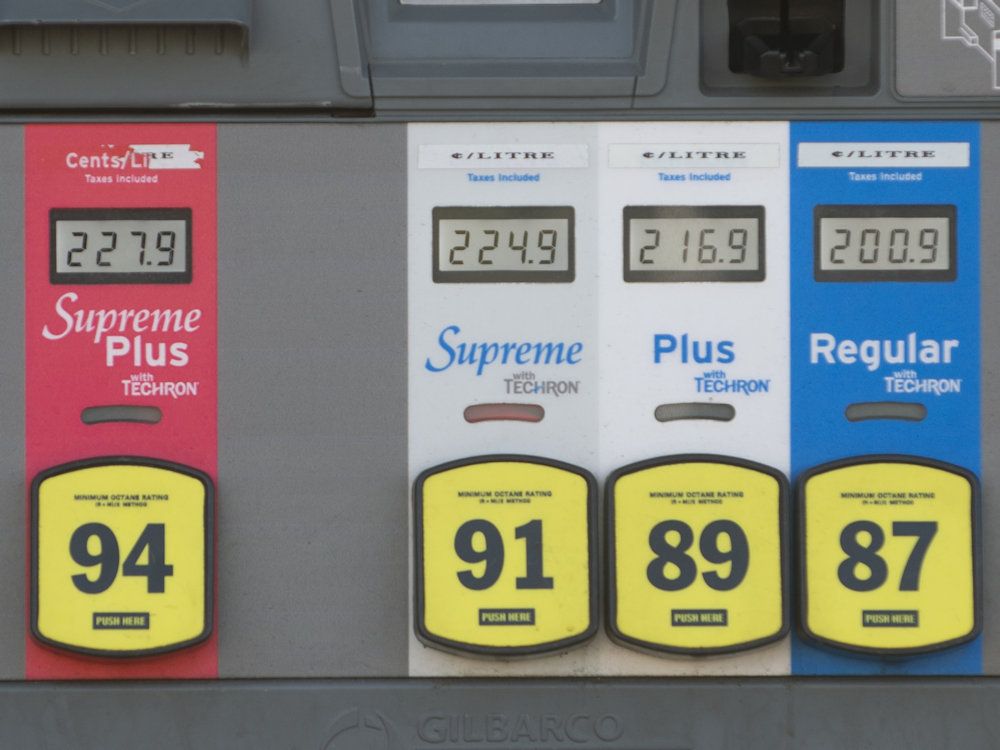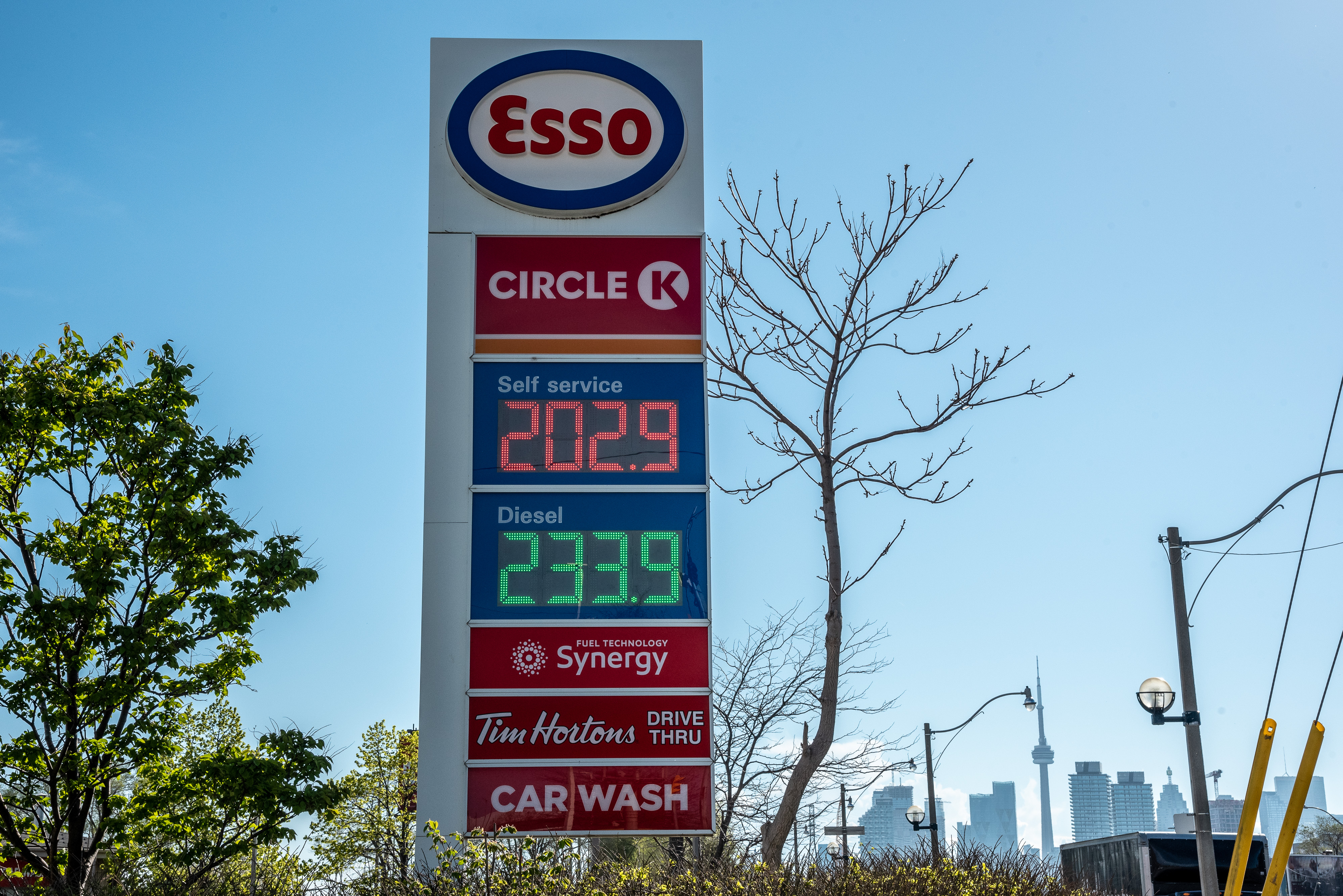Israel and Iran have engaged in open conflict. Ukrainian drones have routinely targeted Russian oil refineries. And OPEC continues to restrict oil production.
These frightening occurrences sparked concerns about $4 gas, harming the US economy and exacerbating inflation.
However, this has not occurred, at least yet. Gas prices in the United States have stopped growing and dropped temporarily recently.
The national average was $3.66 per gallon on Monday, down from $3.68 a week ago, according to AAA.
There is growing anticipation that gas prices will peak in the spring, if not the entire year.
Patrick De Haan, head of petroleum analysis at GasBuddy, predicts that drivers will find relief at the pump in the coming weeks.
“I’m hoping the worst is behind us,” De Haan told CNN. Unless something drastic happens, there are increasing odds the national average has hit the projected spring peak.”
Tom Kloza, worldwide head of energy analysis at the Oil Price Information Service, believes gas prices will fall in the coming weeks.
“Most of the worries from the year’s first half have been resolved. “I think we’re safe until hurricane season,” Kloza remarked.
‘Could have been far worse.’
Of course, none of this implies that gas costs are cheap. They were lower in April 2021 and spring 2020, when Covid-19 kept many Americans off the roadways.

The Worst Could Be Over For Gas Prices This Spring
Nonetheless, a springtime peak of less than $3.70 a gallon would be a win for consumers, considering the real risk of significantly higher gas costs.
“It could have been much worse,” said Andy Lipow, owner of the consultancy firm Lipow Oil Associates.
According to AAA, drivers in just seven US states pay $4 or more per gallon for gas. All those states are in the Western part of the country, followed by California, where the average is $5.40 per gallon, up from $4.88 last year.
The national average is nowhere near the record increase above $5 per gallon in June 2022.
“It seems evident that this will not be a record-setting year. “Filling your tank will feel much more normal this year,” said De Haan.
Economic and political ramifications.
Officials in Washington would most certainly breathe a sigh of relief.
Rising gasoline costs earlier this year led to lower-than-expected inflation readings, casting uncertainty on when the Federal Reserve will be able to decrease interest rates.
A rise in petrol prices is the last thing President Joe Biden wants as he works to persuade voters of his economic message before November. According to a new CNN poll, Biden’s support rating for the economy is 34%, and for inflation, it is even lower (29%).
The Biden administration backed off plans to buy crude oil for the US Strategic Petroleum Reserve, an emergency oil stockpile, earlier this month, adding to White House concerns over petrol costs.

Some economists expect gas prices to rise further.
Lipow believes the national average will reach $3.75 per gallon this year.
Still, that would be lower than last year’s top of $3.88 per gallon in September.
“I’m not expecting a spike in gasoline prices,” Lipow added.
There are several reasons why gas prices are now holding steady.
First, oil prices have stopped rising. On April 12, US crude oil nearly reached $88 per barrel as investors braced for Iran’s reprisal against Israel over a suspected attack on an Iranian diplomatic complex in Syria.
However, oil prices fell when Israel and its allies effectively averted the reprisal. For now, fears of a larger confrontation in the Middle East have subsided, albeit this might alter quickly. US crude fell below $83 a barrel on Monday.
There are other seasonal aspects to consider.
The transition to more expensive summer-grade gasoline at US refineries is now complete. Similarly, the reopening of refineries that had been closed for normal maintenance has aided gasoline supplies.
Record-breaking US crude output continues to increase the oil supply. All of that US oil, headed by the Permian Basin in West Texas and New Mexico, is countering OPEC+’s production cuts, which Saudi Arabia and Russia lead.
Meanwhile, gasoline demand has remained relatively low despite other indications that American consumers are spending rapidly.

The Worst Could Be Over For Gas Prices This Spring
The hurricane season looms.
Gas prices are at risk of reaching a double peak. That’s what happened last year, when gas prices peaked in April, fell, and then returned late in the summer as excessive heat hampered US refineries.
“Weather can wreak havoc,” said Kloza, an OPIS analyst.
A major hurricane that destroys oil facilities along the US Gulf Coast is the greater risk.
Forecasters warn that the hurricane season (which normally begins on June 1) will be extremely active. Colorado State University predicts more hurricanes and named storms than ever before.
“Hurricane season is the next major hurdle,” Kloza stated.
SOURCE – (CNN)









